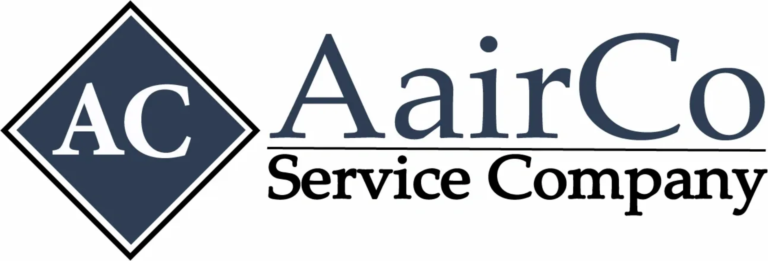HVAC is short for Heating, Ventilation and Air Conditioning. HVAC is most often used to depict the whole heating and cooling system consisting of the duct work, air filters, humidification controls, and registers.

HVAC is short for Heating, Ventilation and Air Conditioning. HVAC is most often used to depict the whole heating and cooling system consisting of the duct work, air filters, humidification controls, and registers.
The most important part of HVAC maintenance aspect is maintaining unrestricted air flows. Dust, dirt, and debris are an HVAC system’s worst enemies. Whether it’s an indoor or outdoor unit, you must keep all filters clean and heat exchangers and coils free of restrictions.
Checking air filters regularly is important as well.
All of the air that circulates through your HVAC system, to either heat or cool your home, will eventually pass through the air filter. This is why it is so VERY important to keep your air filters clean and change them regularly. Dirty, clogged air filters can cause HVAC system malfunctions and equipment damage.
The main difference between the two types of ACs is the type of compressor they use (the part of the AC that compresses the refrigerant).
A single-stage air conditioner’s compressor only works one level of operation— cooling your home at full blast.
A two-stage air conditioner’s compressor works at two levels of operations:
Basically, a two-stage air conditioner will, by default, run on the lower setting until it gets too hot outside. Then it runs on the high setting to make sure you stay comfortable.
There are a lot of reasons why your air conditioning system might freeze up, and all of them require help from a professional technician to resolve, as only they have the training and correct tools to fix the problem.
Check the label on the outer surface of your equipment to determine its manufacture date. If it’s less than five years old, there’s a good chance that your equipment is covered by warranty. Contact Aairco Service Company for more details.
O.E.M. stands for Original Equipment Manufacturer, which basically means if you order a part that is O.E.M., it will be a direct factory replacement part straight from your equipment’s manufacturing factory warehouse. Sometimes O.E.M. is the only option available for replacing a part, depending on how special the part may be.
There are certain specifications that need to be matched up depending which part you are looking to replace. As long as there is nothing really special to that part’s inner workings, finding an universal replacement is fairly easy.
R-22 refrigerant and equipment have been phased out as Montreal Protocol regulations intended to reduce the impact on ozone take hold. 100% phase out of R-22 was January 1, 2020. As time passes, replacement parts and refrigerant for old R-22 units will become harder to find and more expensive, so replacing your unit now can save you some headaches in the future.
Heating and cooling units are a big investment, so it’s understandable that you’d want them to last as long as possible. Reducing usage is always helpful, so turn the thermostat up or down, as needed, to reduce use when you’re not at home. Changing air filters will prevent clogs. Regular check-ups can also help you ward off any potential trouble spots.
There’s no easy answer for this one. A lot of factors will go into what size heating and cooling unit you’ll need. The type of house you own, its walls, insulation, attic space, and more can go into determining what size unit is required. A system that is too large could result in a home that’s too humid, causing problems with moisture and mold. A system that is too small will run constantly, running up your energy bill.
Heating and cooling units need to have scheduled check-ups to make sure everything is operating properly. HVAC experts recommend an annual inspection and service call by your heating and cooling company.

24/7 AFTERHOURS

